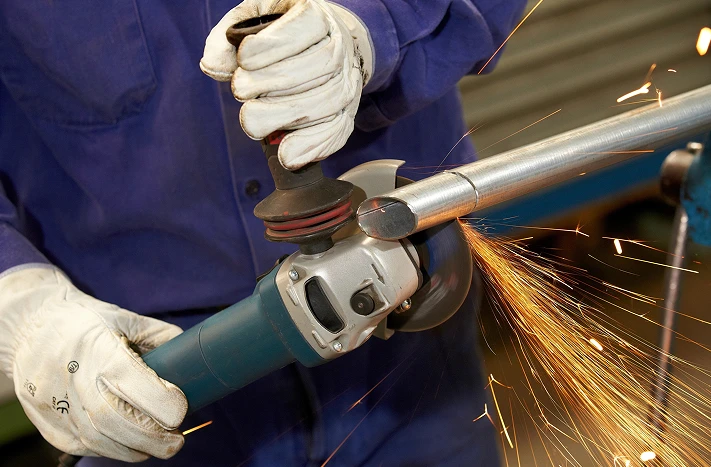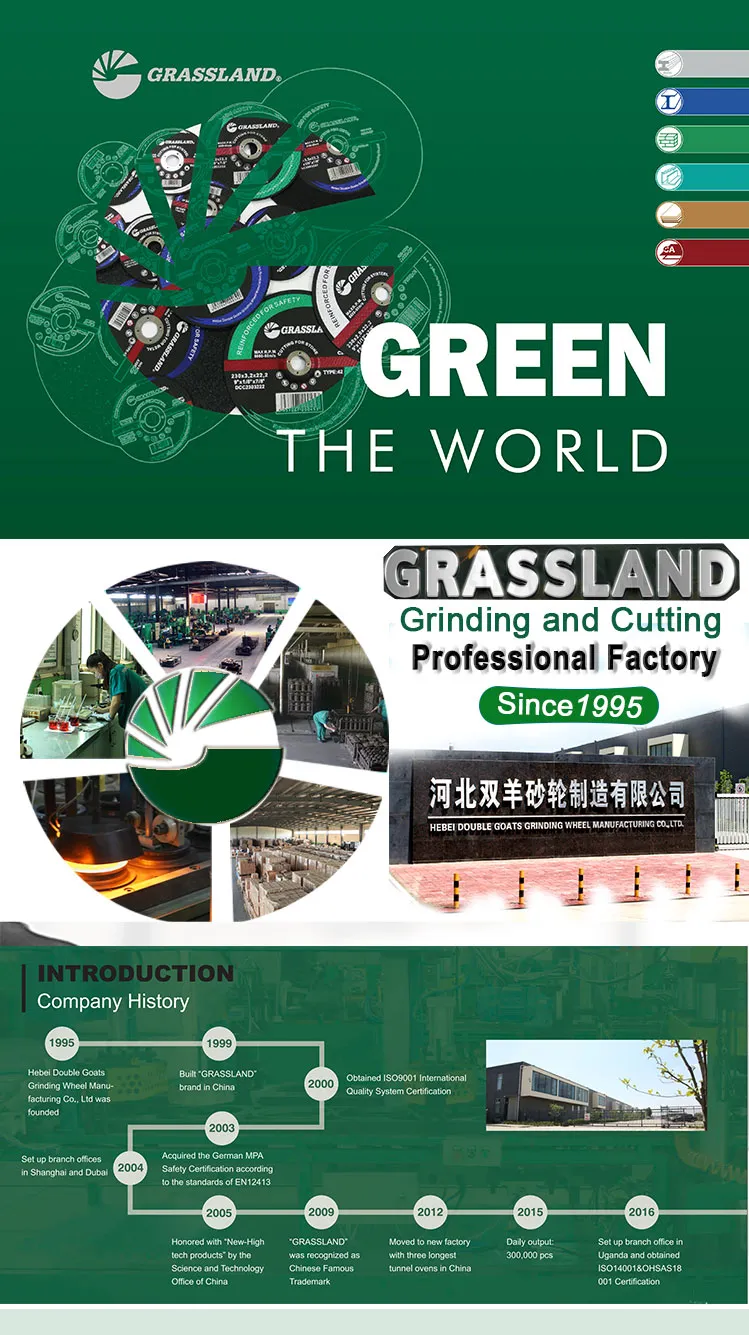

Beyond the composition, the structure of a grinding wheel—its grain spacing, hardness, and bonding material—plays a significant role in its application. For intricate and delicate surface finishes, users might consider the grain size and bond type. Coarse-grit wheels remove material quickly but can cause surface damage if used incorrectly. Fine-grit wheels, on the other hand, offer a smoother finish and are excellent for polishing tasks. The bonding material, whether resin or vitrified, will influence the wheel's performance under specific conditions. Furthermore, the shape of a grinding wheel—whether straight, tapered, or custom-shaped—should align with the operational requirements. Straight wheels are common for surface grinding tasks, while specially shaped wheels fulfill niche applications, such as gear tooth grinding or thread forming. Safety and efficiency remain paramount. Users must ensure that grinding wheels are correctly matched to their machinery and that proper maintenance and inspection protocols are in place. Overseeing factors like rotational speed, wear and tear, and storage can prevent operational downtime and maintain a safe working environment. Using protective gear and following manufacturer guidelines enhances safety and ensures that the grinding wheels deliver optimal performance. Selecting the appropriate grinding wheel is not merely about compatibility but also about understanding the scope of the operation involved. Professionals who invest in high-quality, task-specific grinding wheels will witness heightened efficiency, reduced tool wear, and superior product finishes. In a competitive industrial landscape, having the right grinding wheel can distinguish between adequate and exceptional outcomes.
Post time:Jan - 13 - 2025

















